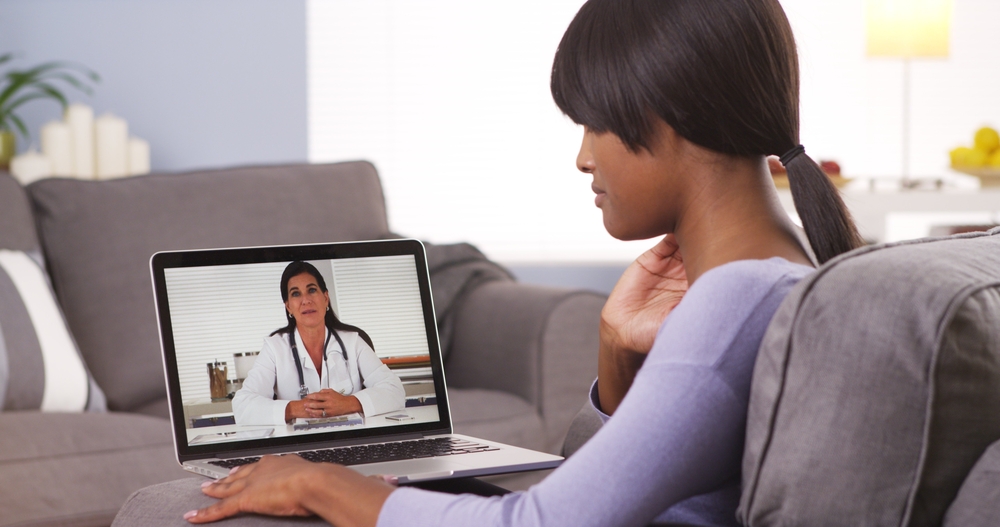Telemedicine Pros and Cons

Going to the doctor is no fun. You end up waiting in an office for a while, surrounded by other people who are sick. It is a fairly miserable experience and good luck if you’ve got something that isn’t within your doctor’s realm of knowledge. That ends up meaning it is time for a referral that will take you who-knows-where before you finally get an actual diagnosis to tell you what you need to do so that you can start feeling healthy again. The trial of being sick really just makes all of that even worse as you don’t want to do anything when you’re sick. Many of us are especially worried at the idea of a referral needing us to go ages out of our way just to get proper care. Interestingly enough, medicine has actually been responding to these complaints with the idea of telemedicine, centralized long-distance health care. As with everything, there are pros and cons to this approach.
What You Need To Know
Telemedicine both is and is not new at this point. At its most basic level, the term covers the sharing of medical information via technology. We’ve been doing that for some time and the advent of newer and better technologies have made it increasingly easy. Most of us are now entirely used to our doctors sending information ahead of us when we go to see a specialist. That generally happens from one computer to another to minimize issues. There is some delay as not all practices are as digitally savvy, but it is increasingly becoming the way of things. We have yet to hit a point where medical information is all easily retrievable on one big network, though. Experts have been predicting it will happen eventually, though. More practically, telemedicine is a way for you to get consultations on your health in a centralized location without the need for excess travel.
The Pros
Imagine, if you will, having access to the world’s specialists in a single location. That is the sort of thing that telemedicine can actually do for you with the right connections. It provides a location, frequently with comprehensive equipment, that allows you to both talk with the specialist you’ve been referred to and allows technicians to take vital statistics and check for things that the doctor can factor into their assessment. These suites can be easily situated in a medicine complex as well. You eliminate the need for travel to get to world class experts in this way. In turn, it reduces your expenses and the doctor’s expenses as well to a degree. More importantly, all the electronics in a telemedicine suite on either end typically mean the doctor you’re talking to can retrieve your records quickly and be able to ask direct questions to further expands their knowledge of your health needs to make a diagnosis. It is quite handy, yes, but all this does come with a cost.
The Cons
Telemedicine, amusingly enough, isn’t cheap to set up. It requires funds for the equipment and the ability to be able to afford to set aside a dedicated space for it. This heavily reduces the potential availability of the service. In general, you shouldn’t expect to see it as an option outside of regional medicine centers or larger scale medical complexes in cities. They can afford to maintain such a service. Additionally, there is a somewhat psychological cost involved. Telemedicine is wonderful with the access it provides, but the distance between you and the specialists you communicate with can be a little alienating. It adds a further layer of separation from your doctors that some find unwelcome. You also need to factor in the fact that the doctor will not actually be present. Equipment and self-reporting can provide a lot of data for the doctor to work with, but their expertise will not be in the room to ensure everything is accounted for in the assessment. This means the quality might not be as high as it would when actually being in the doctor’s office.
Telemedicine is an interesting area of growth in medicine. It is showcasing the rising dominance of technology in all fields. There is no disputing that telemedicine is the way of the future. It is already saving lives across the world when used properly. The question remains on how the practice can be improved to reduce the negatives. As with all evolving technologies, time will tell how this works out.

